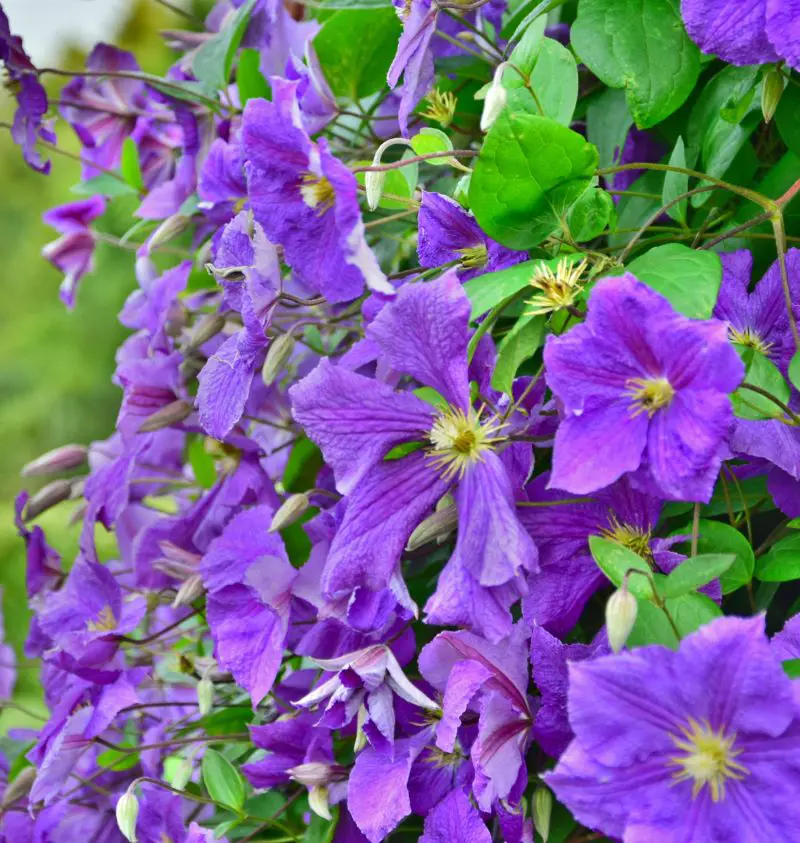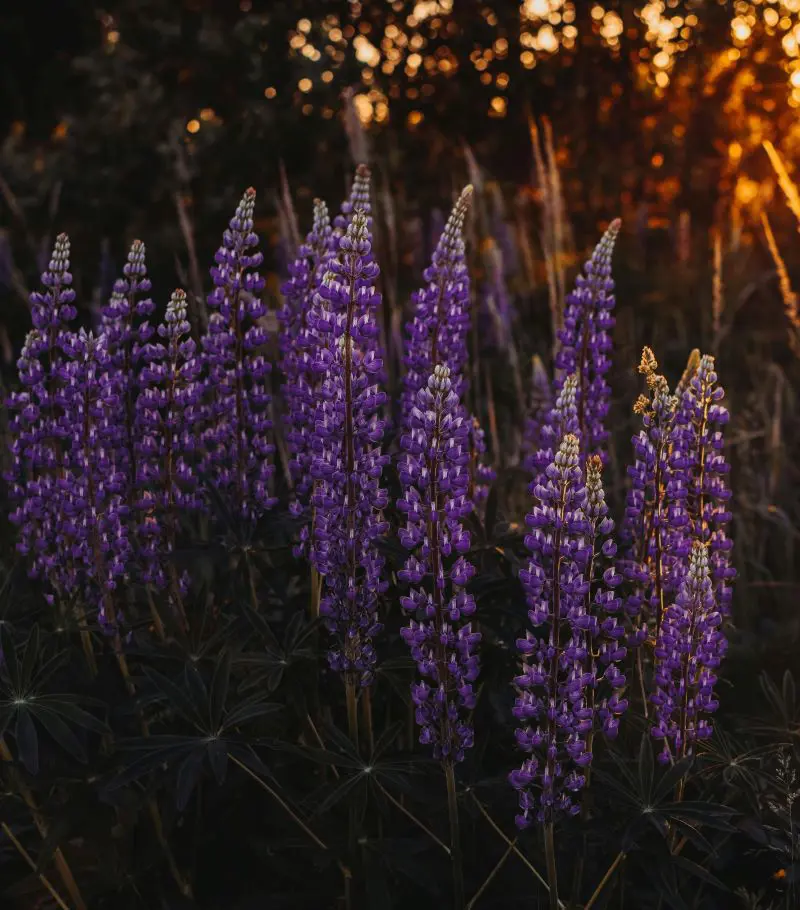1. May Night Salvia
It is a deep bluish-purple perennial plant that produces small blooms on flower spikes about 2 feet tall. Known for its blooming period between May and June, it is considered a valuable landscape plant.
Like other salvias, it is a great choice for perennial borders, cottage gardens, or wildflower gardens. These plants are cut during early spring to encourage fresh new growth for the following season.















